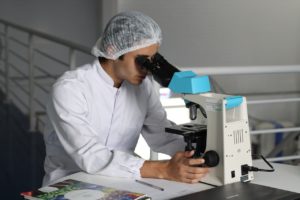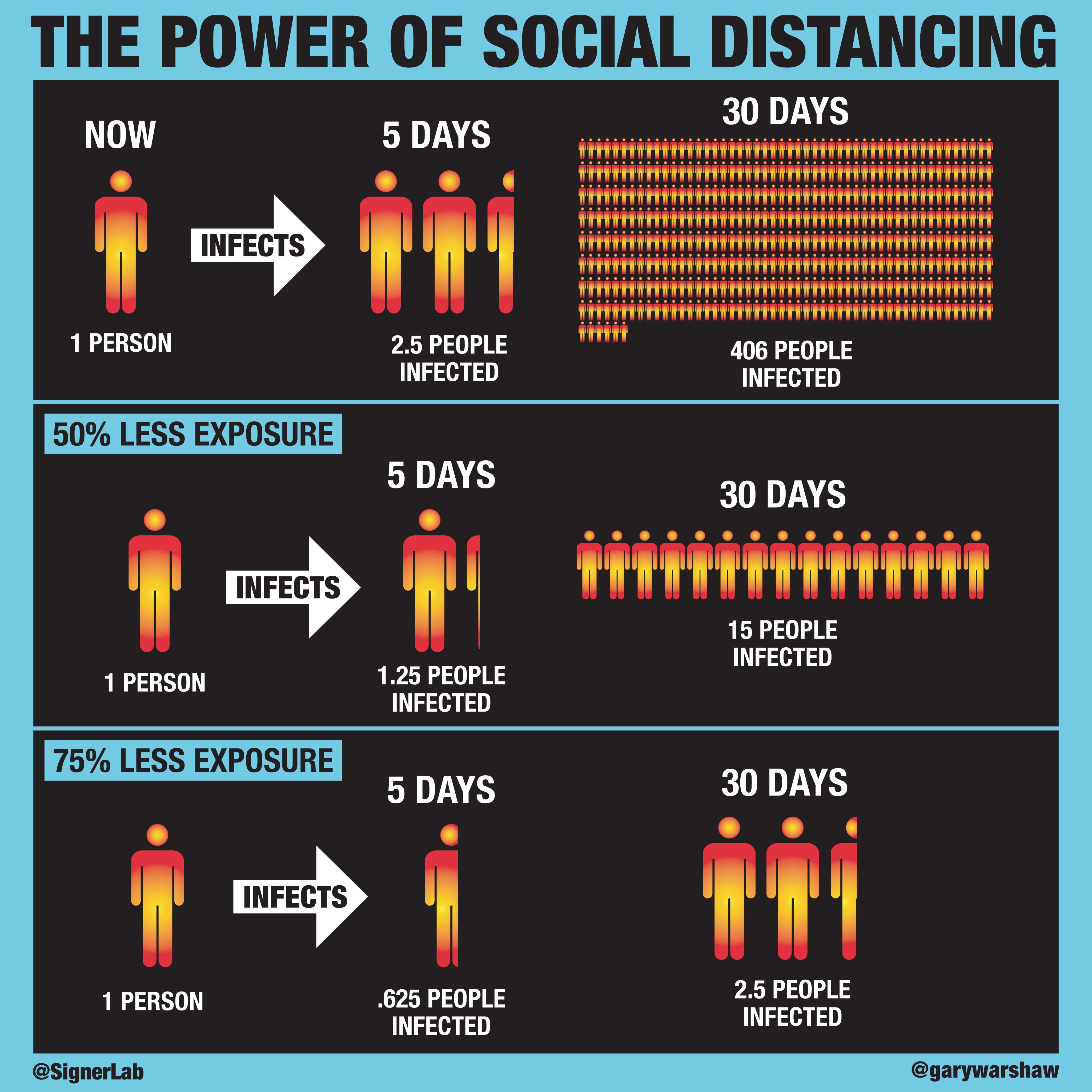After 79 days of Corona cases, China announced on 19 March that they had NO more new cases. (www.theguardian.com/world/2020/mar/19/china-reports-no-domestic-cases-of-coronavirus-for-first-time-since-outbreak-began)
Not just a a lot less than before! No, NONE! Not a SINGLE one! Fishy? Dodgy? Untrustworthy? You bet! But it seems that many did believe (or wanted to believe) that a totalitarian government, that is dead set on totally controlling its citizens and that didn’t have much regard for the truth in the past, would suddenly be totally trustworthy. It seems even some governments were mislead (or just not so smart!?) and might have based some of their strategies on the most likely fake numbers from China. (www.businessinsider.com/coronavirus-boris-johnsons-government-reportedly-furious-with-china-2020-3)
Now it even emerged that the CIA is doing whatever possible to find out accurate numbers. (www.nytimes.com/2020/04/02/us/politics/cia-coronavirus-china.html) There are reports that the number of deaths in connection with the Coronavirus in China is not 3,326 but possibly well over 40,000. :-O
With all that attention on the Chinese numbers and with daily announcements from all other affected countries about how many new infected cases were detected and also how many people died, some have become a bit obsessed with the Covide-19 stats. If you check the numbers every day or if you frequently check the updates from the Johns Hopkins University on the site www.domo.com/coronavirus-tracking or even worse on the 24×7 Coronavirus Pandemic Livestream (www.youtube.com/watch?v=qgylp3Td1Bw), you could really despair.
But how much can we trust all these numbers? Actually, we can’t trust their accuracy at all and there are lots of reasons for it, which I will try to explain as much as possible.
Wait! Are you saying all numbers are wrong?
Yes, it does look like that! The number of infected cases, the number of deaths and the number of recovered patients all do not reflect the correct situation.
Are not even the number of deaths correct?
Many countries have different methods of counting the people that have died in connection with Covid-19. Some countries surpress some numbers and others might overexaggerate them.
In China it seems that the numbers are seriously below the real situation. In Italy, only the people that die in hospital are considered in the Covid-19 statistic, not the people that die at home. This could also apply to other countries and would result in a much too low number.
But there is a flip side! In most countries a detected infection means that the patient is added to the Covid-19 statistic even if the cause of death was a different one. Somebody put it like this: Imagine someone falls of the 10th storey of a building and after he crashes on the street a tank drives over him. If he miraculously survives this and is brought to a hospital where a Coronavirus infection is detected, his subsequent death will be added to the Covid-19 statistic. But then some countries don’t do that, but have separate stats for patients that die of pneumonia, independent from an infection.
You can already see that it is a mess that nobody can really fully understand. But the bottom line is that the figures are NOT consistent and therefore not correct.
And what about the figures of infected people?
You can only detect infections if you test. In some countries a LOT of tests are carried out. But it is still FAR away from mass tests and since 80% of the people show only very mild symptoms, there are probably a LOT more people infected even in the countries were many tests are carried out.
Germany has a quite low number of deaths and the – to me – odd explanation for this is “because Germany tests a LOT”. The fact that they test a lot, might mean that the number of infections is closer to the truth than in other countries, but how does knowing if someone is infected influence the number of people that die? Strange!
In Ireland, on the other hand, the tests were stopped a number of times due to a shortage of test kits and now the shortage of some substances in the labs. In addition the one-symptom indicator that would get you a test place was changed to a two-symptom requirement to keep people away from the test centres. So there MIGHT be a situation where a LOT more people have or had a mild infection than we will ever know.
Bottom line: Only people that have been tested can be negative or positive. And if you don’t test many, you will not find many infected people.
Does that mean someone is intentionally lying to us?
In China, many think that this is really the case. In other countries, it is probably not an intentional lie, but it is a misguided trust in statistics that is unjustifiable. But you can be certain that you are not hearing the truth and nothing but the trust!
When, for example, Taoiseach Leo Varadkar said that “in two weeks, we could have 15,000 infected patients”. He was describing what one scenario (possibly a worst case scenario) said to frighten people, so that we would be more willing to follow the social distancing and lockdown measures. This is much more effective than if he had said, “well experts are not too sure, but it could be between 2,000 and 15,000 infected”.
So propaganda is always part of it!
And then there is sensationalism! We know that in the times of 24×7 news channels, the TV and radio stations that constantly report about the news in this world (CNN, Sky News, etc) will jump on the smallest bit of information and will make the biggest story out of it if they can.
What do all these wrong numbers mean?
It really means that we have not the slightest clue internationally where we are. Nationally, the growth rates are an indicator how things are developing in every country, but comparisons are a dangerous thing!
And if we don’t know where we stand, it is possible that the Coronavirus is not at all deadlier than the “normal” influenza virus!! :-O We currently assume that the death rate is around 2-4% for Corona and only around 0.1-0.5% for the influenza, but if only SOME of the infected people are counted, then that obviously will make the virus look a LOT more dangerous. If 100,000 infections are found then 1,000 deaths sound completely different than if 1,000,000 infections are found of which 900,000 were just not detected.
Will we ever find out what the correct numbers are?
No! Actually, we will find out what the number of deaths were and we can compare this number with the number of ALL deaths in a country in previous years. But we will never find out what the total number of infected people was. It is VERY unlikely that mass antibody tests will be carried out.
And the number of recovered people is also wrong?
Sure! If you don’t know how many have been infected, you can’t know either how many have recovered. In addition, not every country does carry out another test AFTER the symptoms are gone (why would you!), so then there is never the formal test-based confirmation that the patient now has no more Coronavirus in him or her.
But the number of deaths are horrendously high, how can you say the virus is possibly not a killer virus?
Yes, the numbers look huge if you don’t compare them. At the time of writing this 14,681 people died in Italy, that is as much as around 73 plane crashes of Ryanair-sized planes. That is a HUGE number. Imagine how shocked we would be if there was only ONE plane crash! 73 is crazy!
But then we need to look at other years and we will find that, for example, in the flu season 2016/2017 more than 24,000 people died of the flu in Italy. So only in a few months we will know if the Covid-19 death rate will really be significantly above the 2016/2017 numbers.
Oh and in 2016/2017 there was no lockdown, no panic, no new laws and countries didn’t build mass morgues in city centres. I don’t want to minimise or banalise the death of people and I also want to stress that the social distancing and lockdown regulations were probably the correct measures to contain the problem.
The virus IS different than the influenza virus and because we have not even a partial immunity from previous infections, it is running rampant, Also the health systems in most countries can’t keep up because the infection for a small number of cases is a LOT more severe than any influenza infection in recent years has been.
Also the numbers will grow further, so we could have well over 30,000 deaths from the Coronavirus in Italy alone and that would be well over the 2016/2017 numbers. Every single death means a family will lose a mother, a father, a grandfather or a grandmother or an uncle or aunt. That is sad and very painful and for everyone affected, the statistics are totally irrelevant. But we need to try to lock at the human pain and sorrow separately from the situational assessment that is based on statistics to be able to consider what are the right steps forward.
So after reading all this, what is the advise?
Don’t trust the numbers and don’t let the numbers make you anxious! also be prepared to question the information that is put in front of you by media and politicians!
Accuracy, truthfulness and reliability are minimum requirements to consider what the right next steps are!




